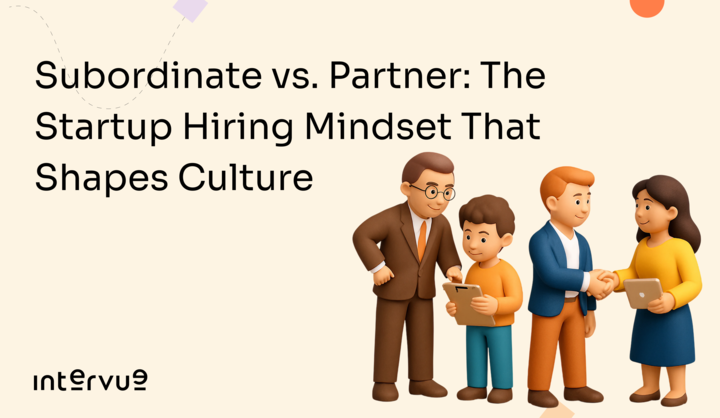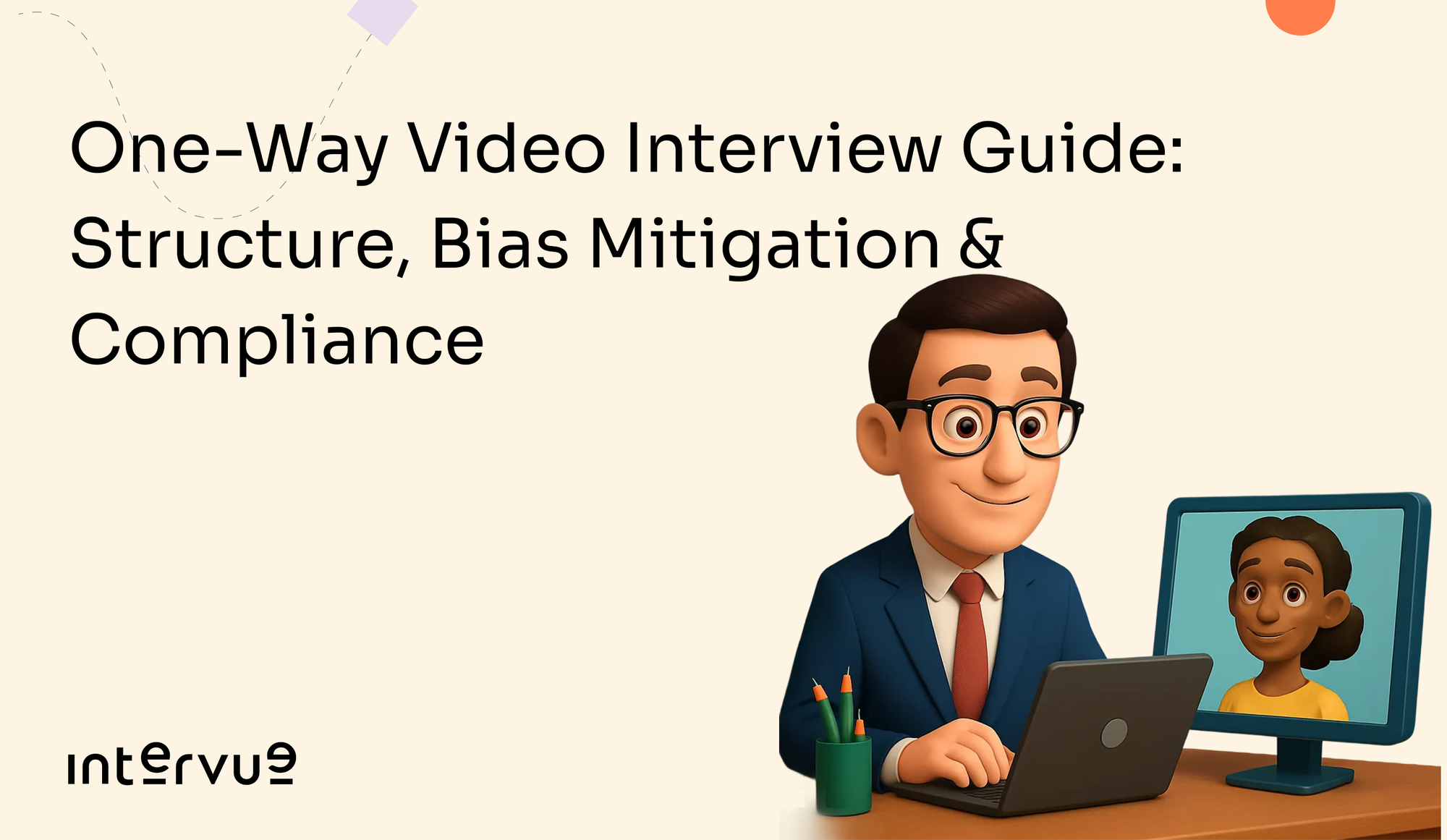Overview
Introduction
What Is Personal Selection Process?
Significance of the Personnel Selection Process
Key Steps in the Personnel Selection Process
Addressing common challenges in the personnel selection process
Your hiring needs to get stronger
Stay updated with our latest blog posts
Ready to dive into the world of hiring? Let's talk about the Personnel Selection Process. It's like finding the perfect puzzle piece for your team. From analyzing job roles to making those tough decisions, we've got a strategic roadmap to help you build your dream team. Let's get started!
The Personnel Selection Process refers to the systematic and strategic method used by organizations to identify, assess, and ultimately choose the most suitable candidates for job positions within the organization. It is a crucial aspect of human resource management aimed at ensuring that the organization hires individuals who possess the requisite skills, qualifications, and attributes necessary to excel in their roles and contribute to the organization's success.
The personnel selection process refers to the systematic method of identifying, evaluating, and choosing the most suitable candidates for a job within an organization. It is a critical function of human resource management aimed at ensuring that the organization has the right people in the right roles. The significance of the selection process lies in its ability to:
- Acquire Talent: By attracting and selecting candidates with the necessary skills, qualifications, and attributes, organizations can secure talented individuals who can contribute to their success.
- Reduce Turnover: Effective selection processes help match candidates to positions that align with their skills and interests, reducing the likelihood of turnover due to poor job fit or dissatisfaction.
- Enhance Performance: Selecting candidates who possess the required competencies and fit well with the organizational culture can lead to improved job performance and productivity.
- Mitigate Risks: A thorough selection process can help mitigate risks associated with hiring unsuitable candidates, such as legal liabilities, financial losses, and damage to organizational reputation.
- Job Analysis:
- Conduct a thorough analysis of the job role to determine its essential duties, responsibilities, qualifications, and competencies.
- Develop a clear job description outlining the job's requirements, expectations, and reporting structure.
- Recruitment:
- Utilize various recruitment methods such as job postings, employee referrals, recruitment agencies, career fairs, and social media platforms to attract potential candidates.
- Employ targeted recruitment strategies to reach diverse candidate pools.
- Screening:
- Review resumes, cover letters, and job applications to identify candidates who meet the minimum qualifications and requirements for the position.
- Use applicant tracking systems or software to streamline the screening process and manage candidate information efficiently.
- Selection Tests:
- Administer pre-employment assessments, including aptitude tests, personality assessments, cognitive ability tests, and skills tests, to evaluate candidates' suitability for the job.
- Ensure that selection tests are valid, reliable, and job-related.
- Interviews:
- Conduct structured interviews with shortlisted candidates to assess their qualifications, skills, experience, and fit with the organization's culture.
- Use various interview techniques, such as behavioral interviews, situational interviews, and competency-based interviews, to gather relevant information.
- Background Checks:
- Conduct comprehensive background checks to verify candidates' employment history, educational credentials, professional licenses, certifications, and any criminal records.
- Ensure compliance with legal requirements and regulations governing background checks.
- Decision Making:
- Evaluate the information gathered from interviews, assessments, and background checks to make informed hiring decisions.
- Consider factors such as qualifications, experience, skills, cultural fit, organizational needs, and diversity and inclusion goals.
- Job Offer and Negotiation:
- Extend a job offer to the selected candidate, specifying terms and conditions of employment, including salary, benefits, start date, and any other relevant details.
- Engage in negotiation with the candidate if necessary, addressing any concerns or questions they may have.
- Onboarding:
- Facilitate the onboarding process to integrate the new employee into the organization effectively.
- Provide orientation, training, and support to help the new employee acclimate to their role, team, and organizational culture.
Bias and Discrimination:
- Challenge: Unconscious bias and discrimination can influence decision-making during the selection process, leading to unfair treatment of candidates based on factors such as race, gender, age, or ethnicity.
- Solution: Implement training programs to raise awareness about unconscious bias among hiring managers and recruiters. Use structured selection methods, standardized criteria, and diverse interview panels to mitigate bias and promote fairness.
Limited Candidate Pool:
- Challenge: Difficulty attracting a diverse and qualified candidate pool, especially for specialized or hard-to-fill positions.
- Solution: Expand recruitment efforts by leveraging multiple channels, including job boards, social media platforms, networking events, and employee referrals. Establish partnerships with educational institutions, professional organizations, and industry associations to tap into new talent pipelines.
Skills Shortages:
- Challenge: Identifying candidates with the specific skills and competencies required for the job, particularly in high-demand fields.
- Solution: Offer training and development programs to upskill existing employees and bridge skill gaps. Collaborate with educational institutions and vocational training providers to tailor programs to meet industry needs. Consider alternative qualifications and experiences that may be transferable to the role.
Time Constraints:
- Challenge: Balancing the need to fill vacancies quickly with the desire to conduct a thorough selection process.
- Solution: Streamline recruitment and selection procedures by utilizing technology, such as applicant tracking systems (ATS) and video interviewing platforms. Establish clear timelines and milestones for each stage of the selection process to ensure efficiency and accountability.
Candidate Experience:
- Challenge: Providing a positive experience for candidates throughout the selection process, regardless of the outcome.
- Solution: Communicate clearly and transparently with candidates about the selection process, timeline, and expectations. Offer feedback and support to candidates at each stage of the process, even if they are not ultimately selected. Solicit feedback from candidates to identify areas for improvement and enhance the overall candidate experience.
Legal Compliance:
- Challenge: Ensuring compliance with relevant employment laws, regulations, and anti-discrimination statutes.
- Solution: Stay informed about changes to employment legislation and seek legal counsel when necessary to ensure compliance. Implement fair and transparent selection practices, document all stages of the selection process, and maintain accurate records to demonstrate compliance in case of audits or legal challenges.
In conclusion, the personnel selection process is a vital function of human resource management, essential for acquiring talent, reducing turnover, enhancing performance, and mitigating risks. By following key steps and addressing common challenges with strategic solutions, organizations can effectively identify and hire the best candidates, contributing to their long-term success and growth.
Your hiring needs to get stronger
Stay updated with our latest blog posts






